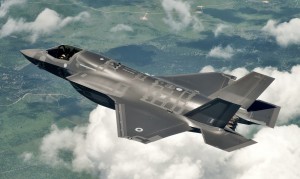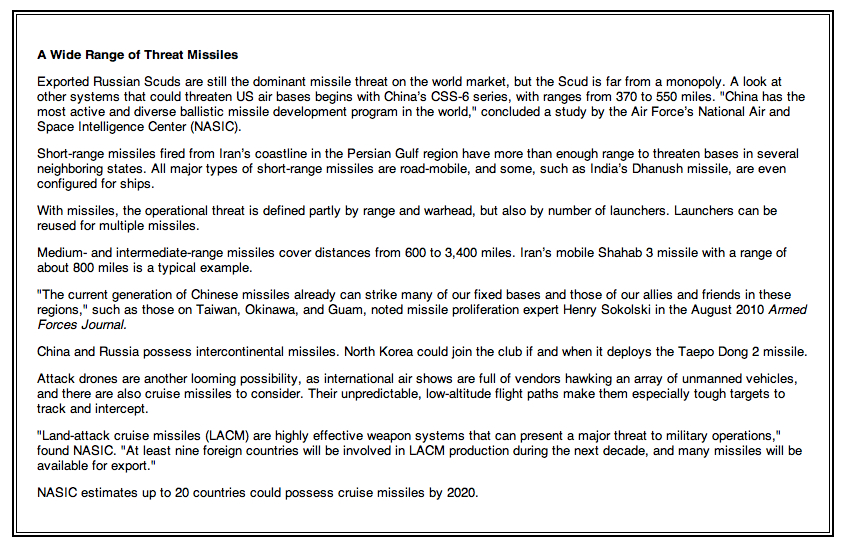5/27/12: by Ed Timperlake
Every fighter pilot has had or will have a moment in the air when the biggest indicator in the cockpit is showing how much fuel is left: the fuel indicator immediately can dominate the pilots attention and really focus thinking on where to immediately land.
Fuel is measured in pounds usually with an engineering caveat stating a degree of uncertainty over how low the number may go before all the noise will stop. Pounds of fuel remaining eventually become everything.
It is actually a very simple and terrifying equation, no fuel means simply no noise because the jet engine has stopped working.
Contemplating this very time sensitive dilemma, when the “noise gage” goes to zero, all pilots know that their once trusted and beautiful sleek multi-million fighters that they are strapped into will rapidly take on the flying characteristic of a brick.
Running low on fuel, calling “bingo,” on the radio which is announcing min fuel left for a successful recovery and then realizing you are actually going below “bingo” could occur for a variety of reasons.
In peacetime it is mostly a delay in landing because of weather related issues.
In combat, in addition to horrific weather at times, throw in battle damage to the fuel tanks and it becomes a real life or death problem.
In peacetime you can eject, probably lose your wings and that will be that.
However, in combat, in addition to shooting at you the enemy always gets a vote on other methods to kill you and destroy your aircraft. They will use any means possible.
Consequently if aircraft in their combat strike package get lucky and a few survive to bomb “homeplate” taxiways and all divert fields it can become a significant problem.
Even more realistically in this 21st Century world, missile proliferation, both in terms of quality and quantity, is a key challenge. All nations can be peer competitors because of weapons proliferation.
An enemy may have successfully improved the quantity and quality of their missile such that an Air Battle commander’s entire airborne air force can be eliminated by the enemy destroying all runways, taxiways and divert bases.

In a war at sea, hitting the carrier’s flight deck can cripple the Carrier Battle Group (CBG) and thus get a mission kill on the both the Carrier and perhaps even the entire airborne air wing if they can not successfully divert to a land base.
With no place to land, on the sea or land and with tanker fuel running low, assuming tankers can get airborne, the practical result will be the loss of extremely valuable air assets.
In such circumstances, The TacAir aircraft mortality rate would be the same as if it was during a combat engagement with either air-to-air or a ground –to-air weapons taking out the aircraft.
The only variable left, between simply flaming out in peacetime, vice the enemy getting a kinetic hit would be potential pilot survivability to fly and fight another day.
However, with declining inventories and limited industrial base left in U.S. to surge aircraft production a runway kill could mean the loss of air superiority and thus be a battle-tipping event, on land or sea.
Now something entirely new and revolutionary can be added to an Air Force, the VSTOL F-35B.
Traditionally the VSTOL concept, as personified by the remarkable AV-8, Harrier was only for ground attack. To be fair the RAF needed to use the AV-8 in their successful Falklands campaign as an air defense fighter because it was all they had.
The Harrier is not up to a fight against any advanced 4th gen. aircraft—let alone F-22 5th Gen. Fighters that have been designed for winning the air combat maneuvering fight (ACM) with advanced radar’s and missiles.
Now though, for the first time in history the same aircraft the F-35 can be successful in a multi-role.
The F-35, A, B &C type, model, series, all have the same revolutionary cockpit-the C4ISD-D “Fusion combat system” which also includes fleet wide “tron” warfare capabilities.
There has been a lot written about the F-35B not being as capable as the other non-VSTOL versions such as the land based F-35A and the Large carrier Battle Group (CBG) F-35, the USN F-35C.
The principle criticism is about the more limited range of the F-35B. In fact, the combat history of the VSTOL AV-8 shows that if properly deployed on land or sea the VSTOL capability is actually a significant range bonus. The Falklands war, and recent USN/USMC rescue of a Air Force pilot in the Libyan campaign proved that.
The other key point is limited payload in the vertical mode. Here again is where the F-35 T/M/S series have parity if the F-35B can make a long field take off or a rolling take off from a smaller aircraft carrier-with no traps nor cats needed it can carry it’s full weapons load-out.
The Royal Navy just validated this point by reversing back to the F-35B.
https://sldinfo.com/the-uk-allies-and-re-thinking-the-f-35c/
Give all aircraft commanders the same set of strategic warning indicators of an attack because it would be a very weak air staff that would let their aircraft be killed on the ground or flight deck by a strategic surprise.
Consequently, the longer take off of the F-35 A, B or C with a full weapons complement makes no difference. Although history does show that tragically being surprised on the ground has happened.
Pearl Harbor being the very nasty example. Of course, USN Carrier pilots during the “miracle at Midway” caught the Japanese Naval aircraft being serviced on their flight deck and returned the favor to turn the tide of the war in the pacific.
In addition to relying intelligence, and other early warning systems to alert an air force that an attack is coming so “do not get caught on the ground!” dispersal, revetments and bunkers can be designed to mitigate against a surprise attack.
Aircraft survivability on the ground is critical and a lot of effort has also gone into rapid runway repair skills and equipment to recover a strike package. All F-35 TMS have the same advantages with these types of precautions.
The strategic deterrence, with tactical flexibility, of the F-35B is in the recovery part of an air campaign when they return from a combat mission, especially if the enemy successfully attacks airfields.
Or is successful in hitting the carrier deck-they do not have to sink the Carrier to remove it from the fight just disable the deck. War is always a confused messy action reaction cycle, but the side with more options and the ability to remain combat enabled and dynamically flexible will have a significant advantage.
With ordinance expended, or not, the F-35B does not need a long runway to recover and this makes it a much more survivable platform — especially at sea where their might be no other place to go.
A call by the air battle commander-all runways are destroyed so find a long straight road and “good luck!” is a radio call no one should ever have to make.
But something revolutionary now exists.
In landing in the vertical mode the Marine test pilot in an F-35B, coming aboard the USS Wasp during sea trials put the nose gear in a one square box. So the unique vertical landing/recovery feature of landing anywhere will save the aircraft to fight another day.
It is much easier to get a fuel truck to an F-35B than build another A or C model, or land one of the numerous “decks” on other ships, even a T-AKE ship then ditch an F-35C at sea.
This unique capability can be a war winning issue for countries like Israel, Taiwan and the U.S. Navy at sea.
Credit Graphic:
http://www.airforce-magazine.com/MagazineArchive/Pages/2010/December%202010/1210missile.aspx
For a look at some aspects of the missile threat to air operations see the following articles:
http://www.jpost.com/Israel/Article.aspx?id=189462
http://www.abovetopsecret.com/forum/thread342459/pg
http://www.strategicstudiesinstitute.army.mil/pubs/summary.cfm?q=594
http://www.technologies.co.il/beta/Resources/Pages/1966/Aeros5a.pdf
http://www.thenational.ae/news/uae-news/generals-warn-of-missiles-threat-in-gulf
http://www.susrisblog.com/2012/04/17/the-gcc-challenge-in-missile-defense/
http://www.us-taiwan.org/reports/2010_may11_balance_of_air_power_taiwan_strait.pdf
And for an overview of what is in the baseline F-35, which of course, is the initial USMC F-35B
https://sldinfo.com/the-baseline-f-35/
Featured Image: First Flight of UK F-35B



